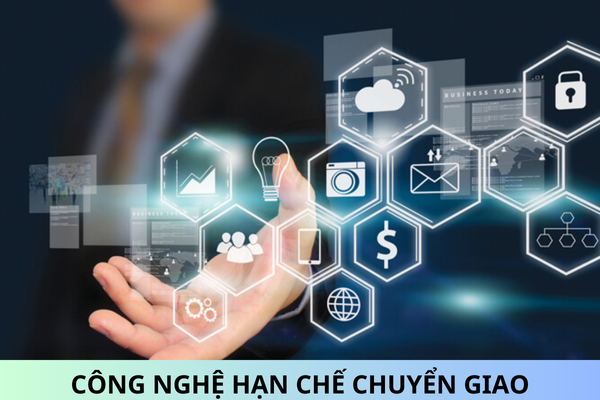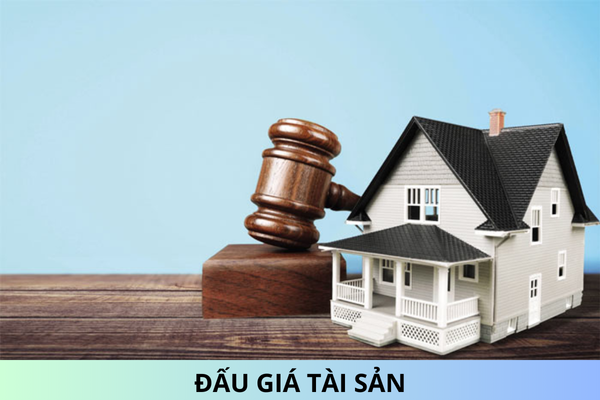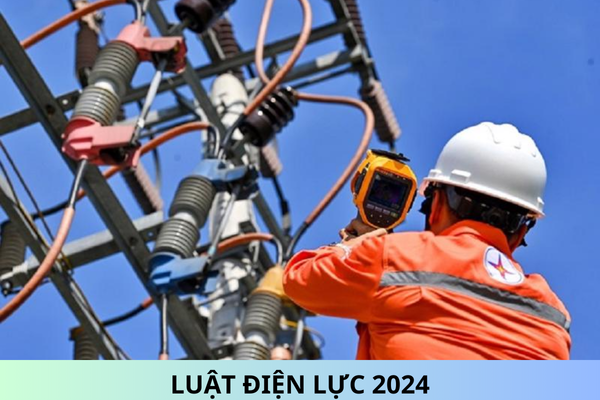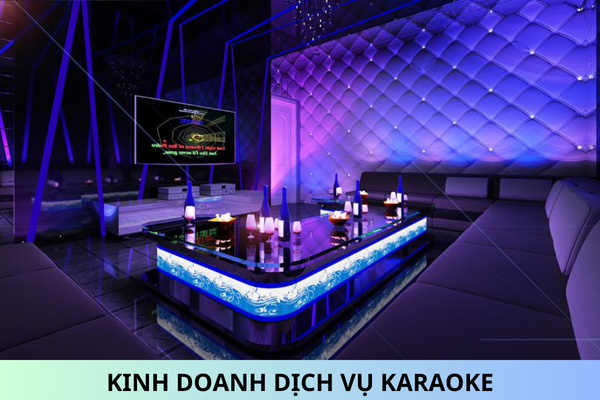What are details of the newest List of technologies restricted from transfer in Vietnam in 2024?
What is Technology Transfer?
Pursuant to Article 2 of the Law on Technology Transfer 2017, the provisions are as follows:
Article 2. Interpretation of terms
In this Law, the following terms are understood as follows:
[...]
6. High technology is technology with high research and development content; integrated from scientific and modern technological achievements; creates superior quality, high-performance, high-value-added products, which are environmentally friendly; plays an important role in the formation of new production and service industries or modernization of existing production and service industries.
7. Technology transfer refers to the transfer of the ownership or the right to use a given technology from the party that has the right to transfer such technology to the transferee.
8. Domestic technology transfer is the transfer of technology conducted within the territory of Vietnam.
9. Technology transfer from abroad into Vietnam is the transfer of technology across borders into the territory of Vietnam.
[...]
Thus, technology transfer refers to the transfer of the ownership or the right to use a given technology from the party that has the right to transfer such technology to the transferee.

What are details of the newest List of technologies restricted from transfer in Vietnam in 2024? (Image from the Internet)
What are details of the newest List of technologies restricted from transfer in Vietnam in 2024?
Based on Appendix 2 issued with Decree 76/2018/ND-CP, the list of technologies restricted from transfer in Vietnam is as follows:
[1] Technology transfers from abroad into Vietnam and within Vietnam
- Technology for producing incandescent lighting in an inert gas atmosphere.
- Technology for producing vacuum electronic components, low-integration level semiconductor components.
- Technology for producing single-layer, double-layer printed circuits.
- Ground digital television transmission technology, satellite digital television technology that does not meet DVB standards; analogous television technology.
- Technology for manufacturing, designing information-signal systems using relays.
- Technology for enriching radioactive substances that meet national standards, technical regulations.
- Technology for steel production using induction furnaces, converters, small electric arc furnaces below 70 tons/batch.
- Steel smelting technology with non-continuous rolling lines.
- Thermal power technology using oil, coal.
- Technology for cleaning ship hulls with Nix granules.
- Technology for industrial explosive material production.
- Technology for producing construction materials using white asbestos.
- Technology for producing ceramic tiling with a capacity of less than 3 million m2/year.
- Technology for producing fired clay bricks using tunnel kilns with fossil fuel usage.
- Technology for producing float glass with fuel and energy consumption as follows: FO oil greater than 160 kg/ton of product; DO oil greater than 0.5 kg/ton of product; electricity greater than 100 KWh/ton of product.
- Technology that generates persistent organic pollutants (POPs).
- Technology for producing conventional chemical fertilizers with a capacity of under 1,000 tons/year.
- Isomerization technology using hydrofluoric acid, sulfuric acid as catalysts.
- Technology using toxic chemicals in cultivating, processing, and preserving agricultural, aquatic products that meet national standards, technical regulations.
- Technology for producing timber preservation drugs containing arsenic toxins.
- Technology for producing household insecticides, insect killers, rat poisons using biological methods harmful to humans and the environment.
- Technology using invasive alien organisms with unidentified origins, properties, including animals, plants, and microorganisms in environmental protection, plant protection, and other fields.
- Technology for creating plant varieties, breeding by genetic modification in agricultural, forestry, and aquatic production.
- Technology using genetically modified breeds.
- Technology for producing plant varieties heavily infected with harmful organisms (pests, diseases).
- Technology for production of particleboard, fiberboard using wet processes/capacity less than 100,000 m3/year.
- Technology for producing jewelry, wood product preservatives containing sulfur or high content of volatile organic compounds.
- Technology in cultivation, production, processing food, aquatic food using non-approved food preservatives, growth stimulants.
- Open-type fish meal processing technology that does not pollute the environment.
- Technology printing, minting money; technology producing money printing paper, money printing ink.
- Technology for film coating using toxic chemicals meeting national standards, technical regulations.
- Technology, machinery for producing films, projecting films with 35 mm plastic materials.
- Technology for recycling used lubricating oil through thermal treatment, adsorption and/or solvents.
- Technology restricted from transfer according to international treaties to which Vietnam is a member.
[2] Technology transfers from Vietnam abroad
- Technology for producing seeds, cultivating, and breeding major export agricultural, forestry, aquatic products.
- Technology for producing, breeding, cultivating rare plant varieties, animal breeds within the restricted export list.
- Technology for producing plant varieties, indigenous organisms with rare genetic resources, potential to develop into national products, indigenous organisms with a risk of extinction, endangered and needing protection.
- Technology for producing traditional food using microorganisms with rare properties.
- Technology for processing agricultural, aquatic, pharmaceutical products of Vietnam with brands and high added value.
- Technology restricted from transfer according to international treaties to which Vietnam is a member.
What are cases of technologies being restricted from transfer in Vietnam?
Pursuant to Article 10 of the Law on Technology Transfer 2017, technology transfer is restricted in the following cases:
- Restriction on technology transfer from abroad into Vietnam and domestic technology transfer in the following cases:
+ Technology; machinery, equipment associated with technology no longer commonly used in industrially developed countries
+ Use of toxic chemicals or generation of hazardous waste meeting national standards, technical regulations
+ Creation of products by genetic modification
+ Use of radioactive materials, generation of radioactive materials that meet national standards, technical regulations
+ Use of resources, minerals restricted from domestic extraction
+ Technology for breeding, cultivating new varieties not yet tested
+ Creation of products adversely affecting customs, traditions, and social ethics
- Restriction on technology transfer from Vietnam abroad in the following cases:
+ Creation of traditional products, production by traditional secrets or use, creation of plant, animal breeds in agriculture, minerals, rare characteristic materials of Vietnam
+ Creation of export products in competition with Vietnam's mainstream national export items










